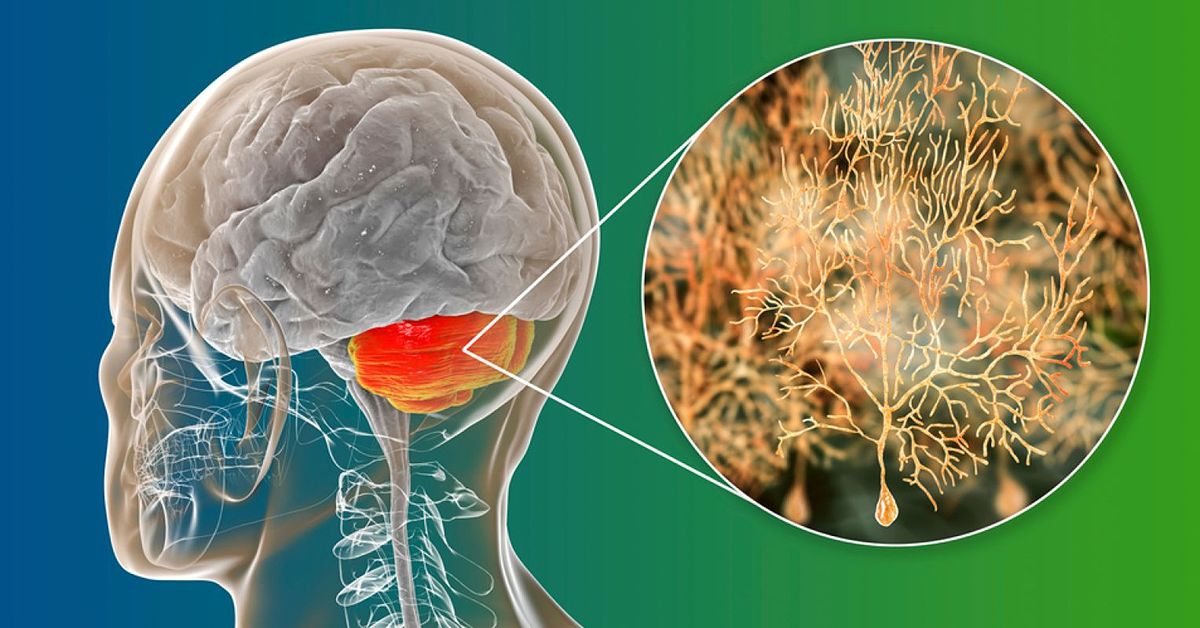Explore the significance of Purkinje cells in muscle memory and how they contribute to peak performance. Understand how these cells automate motor skills and optimize performance in sports and daily life activities.
The Role of Purkinje Cells in Muscle Memory
In the 1970s, neuroscientists began unraveling the mysteries of the cerebellum and its Purkinje cells. These fan-shaped cells play a crucial role in perfecting well-coordinated muscle movements and automating motor skills. Let's explore the significance of Purkinje cells in muscle memory and how they contribute to peak performance.
Research in the late 1960s and early 1970s proposed the climbing fiber hypothesis, suggesting that the cerebellum's associative learning capacity relies on teaching signals from climbing fibers to Purkinje cells. These signals, received during trial-and-error learning tasks, contribute to smooth, fluid motor control and unconscious muscle memory.
The Impact of Purkinje Cells on Peak Performance
Arthur Ashe, the legendary tennis champion, once mentioned the "paralysis by analysis" syndrome, which occurs when overthinking hinders an athlete's performance. From a neuroscientific perspective, this phenomenon happens when the conscious mind interferes with the automaticity of Purkinje cells. Allowing these cells to work subconsciously facilitates frictionless flow and peak performance.
Unveiling the Connection: Climbing Fibers and Purkinje Cells
Recent research conducted by the Carey Lab at the Champalimaud Centre for the Unknown delved into the climbing fiber hypothesis. The study aimed to determine the role of climbing fibers in reshaping Purkinje cells through neuroplasticity during associative learning tasks.
The researchers used optogenetics and eyeblink conditioning in mice to investigate how climbing fibers and Purkinje cells interact. The mice were trained to blink automatically when a puff of air was coupled with a flash of light. This reflex, controlled by the cerebellum, mirrors the muscle memory used in sports and daily life activities.
The Vital Role of Climbing Fibers in Cerebellar Learning
Through optogenetics, the researchers disrupted the communication between climbing fibers and Purkinje cells. This manipulation prevented the climbing fibers from providing instructive signals to the Purkinje cells. Consequently, the mice lost their ability to learn and associate the visual cue with the air puff, highlighting the critical role of climbing fibers in cerebellar learning.
The findings from the Carey Lab's study provide compelling evidence that climbing fiber signals are essential for cerebellar associative learning. This research opens up possibilities for further investigations on how stimulating climbing fibers can enhance Purkinje cell-based learning in the cerebellum.
Understanding the Significance of Purkinje Cells
The cerebellum's Purkinje cells, guided by climbing fibers, play a vital role in automating motor skills and muscle memory. Understanding the mechanisms behind their interaction provides insights into optimizing performance in sports and daily life activities. Future research will continue to shed light on the intricate workings of these cells and their impact on peak performance.

